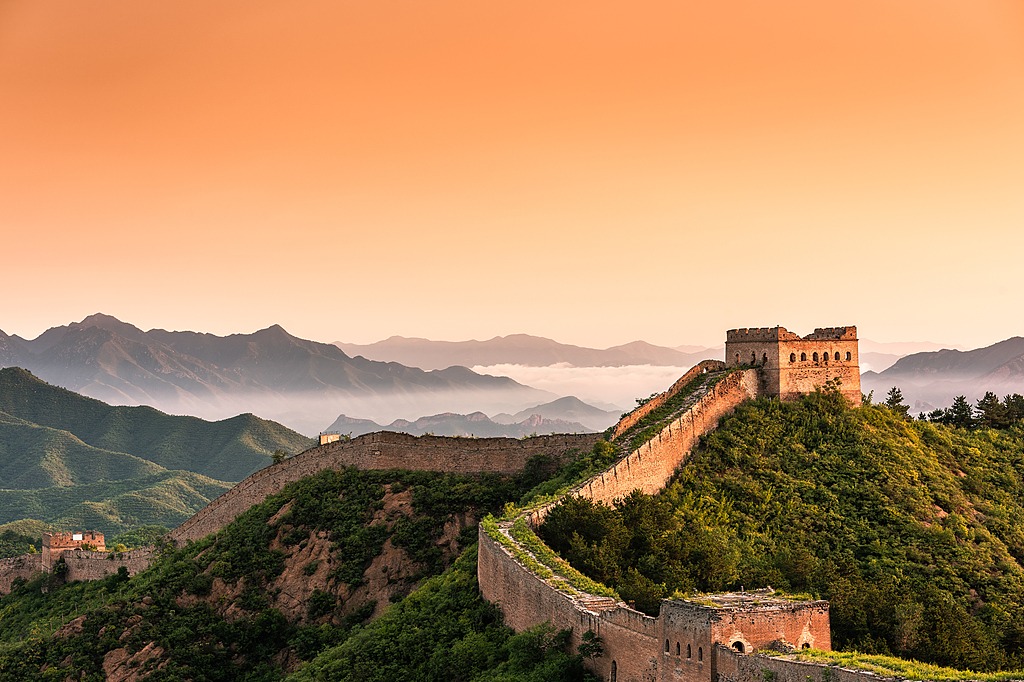Art teacher revives craft of rice grain artwork






Chen Guorui has found a way to inherit a century-old crafts that makes various art works with small rice grains and pass it on to future generations.
Chen, 33, is an art teacher at a primary school in Guhuai town, Fuzhou, Southeast China's Fujian province.
Born in Gaolou village in this town, Chen didn't know his hometown had a tradition of making various kinds of shapes with rice grains until 2016, when he heard about it from an older villager.
Called gaoloumixian, or high buildings made with rice grains, the art form dates back to the end of the Qing Dynasty(1644-1911), and was in a period of great prosperity during the Minguo period (1912-49).
The artworks were used to worship ancestors and pray for good harvests. The tradition and the craftsmanship gradually disappeared in the village about 70 years ago.
"As a resident in the village, I think it's necessary for us young people to inherit the tradition, even though it's hard," Chen said.
He visited some older villagers who still had memories about the art and started to explore how to revive it.
After doing a series of experiments with different kinds of rice grains and glue, Chen found the length and size of a variety of Thailand rice is perfect and a certain epoxy is suitable to be used as the glue.
"With the glue, the works made with rice grains can be preserved for a longer time, compared with the material used in the past, which was rice paste," he said.
After two years' efforts, gaoloumixian was added into a city-level list of intangible cultural heritage in 2018.
The primary school he works at established a training base especially for the teaching of these craftsmanship skills. Some universities also invited him to give lectures about the art.




















